
EL Konigsburg
Elaine Lobl Konigsburg is best remembered from her many beloved children’s novels, including The Mixed-Up Files of Mrs. Basil E. Frankweiler, Jennifer, Hecate, Macbeth, William McKinley and Me, Elizbeth, and The View from Saturday. Her novels and her characters reflect the angst of growing up in a middle-class world and finding your way, no matter where you come from.
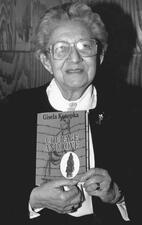
Gisela Peiper Konopka
Berlin-born Gisela Konopka built an international reputation as a group social worker and expert on youth issues. Lauded for her involvement in the rebuilding of social services and education in post-war Germany and beloved by her students at the University of Minnesota, Konopka received more than 42 awards in her lifetime.
Rabbi Abraham Isaac Kook
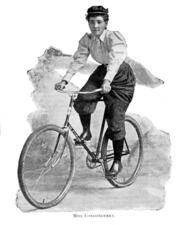
Annie Londonderry

Bonnie Koppell

Rozka Korczak-Marla
Rozka Korczak-Marla was active in underground resistance during World War II, serving in the United Partisan Organization to smuggle weapons into the Vilna Ghetto and help Jews escape. After the war she immigrated to Palestine and settled into kibbutz life.

Rokhl Häring Korn
Rokhl Häring Korn is a major figure in modern Yiddish literature. She published eight volumes of poetry and two collections of fiction, much of which focused on themes of homelessness, the upheaval of war, and her experience during the Holocaust.
Gertrud Kornfeld
Gertrud Kornfeld was the first woman scientist to receive an academic appointment at the University of Berlin, having been appointed lecturer in physical chemistry in 1928. After being dismissed in 1933, she eventually made her way to the United States, where she became a researcher for the Kodak Company in New York.
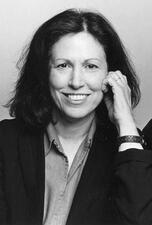
Beryl Korot
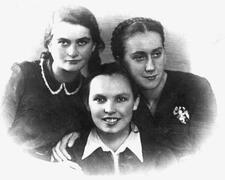
Lonka Korzybrodska
Lonka Korzybrodska was an active member of He-Haluz, a resistance movement during World War II. She participated in missions until her capture and died imprisoned in Auschwitz in 1943.
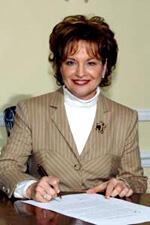
Julia Koschitzky
An activist, philanthropist, and leader of Canadian and world Jewry, Julia Koschitzky was born in Cardiff, Wales, the daughter of Max Podolski and Elli (Moses) Podolsk. The family relocated to Canada in 1949, eventually settling in Toronto in 1956. Julia and her husband Henry Koschitzky became involved in communal leadership and philanthropy, specifically in Jewish education and social welfare, and she took on active roles in Jewish affairs both in Toronto and around the globe.
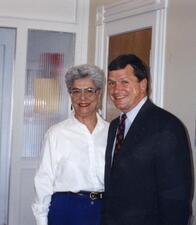
Marcia Koven
Marcia Koven was the founding curator of the Saint John Jewish Historical Museum, one of a number of museums dedicated to Jewish history in Canada’s Maritime Provinces. Her work inspired other Jewish museum projects in Atlantic Canada, and she held a number of other leadership roles related to Jewish life and history.
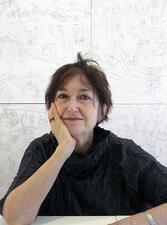
Joyce Kozloff
Joyce Kozloff is an internationally recognized painter, public muralist, and feminist whose long-term passions have been history, culture, and the decorative and popular arts. One of the founders of the pattern and decoration movement, Kozloff is dedicated to creating her own work and giving the folk art of women of color a voice. Kozloff is known as one of America’s more original and engaging artists.

Hanna Krall
Hanna Krall is one of the most important Polish-Jewish writers and reporters. A Holocaust survivor, she portrays in her own extremely concise manner the vicissitudes of other survivors, rescuers, and perpetrators. Krall has been internationally recognized and her works have been translated into fourteen languages.
Judith Krantz
Novelist Judith Krantz began her career as a fashion publicist, writer, and editor for numerous magazines, which would shape the themes of her popular and best-selling novels. Beginning with Scruples in 1978, Krantz’s books were about fashion, beauty, fame, money, and sex, and always featured working women.
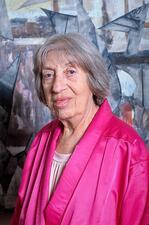
Lee Krasner
The child of Russian-Jewish immigrants, Lee Krasner was a staunch supporter of the integrity of modern art and one of the only painters in New York to work in abstract style before World War II. Despite putting her career on hold for years to aid her famous husband, Jackson Pollack, Lee Krasner achieved recognition in her own right as a gifted abstract painter.
Frances Krasnow
Frances Krasnow helped bring scientific rigor to dental medicine through her research into oral biochemistry and microorganisms. A graduate of Barnard College, Columbia University, and the Teachers Institute of the Jewish Theological Seminary, Krasnow would eventually receive recognition for being a pioneer in both science and Jewish education.
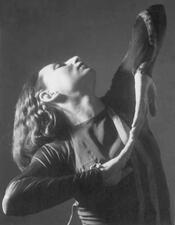
Gertrud Kraus
Phyllis A. Kravitch
Phyllis A. Kravitch was the third woman circuit court judge in the United States. One of the first female trial lawyers in the South, Kravitch became the first woman president of the Savannah Bar Association in 1973 and served as the first woman superior court judge in Georgia. She also established a rape crisis center and shelter for women survivors of domestic violence.
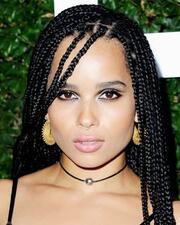
Zoe Kravitz
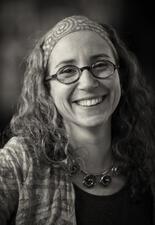
Claudia Kreiman
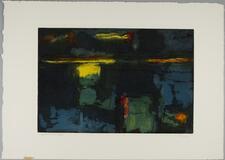
Doris Barsky Kreindler
Vigorous, rapid, and exciting use of the palette knife is not usually associated with women painters in any era, but Doris Barsky Kreindler’s abstract expressionist works in the 1950s, 1960s, and early 1970s, inspired by Hans Hofmann, were exceptional

Esther Kreitman
Esther Kreitman was the sole female writer in what many consider to be the most prominent family in the history of Yiddish literature, that of brothers I.B. and I.J. Singer. Krietman’s most notable contributions to Yiddish literature include her writings in support of the Haskalah and her autobiographical novel, Der Sheydim Tants (Deborah).
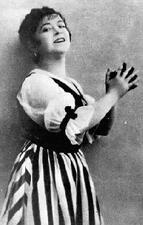
Isa Kremer
Isa Kremer (Belz, Bessarabia, 1887-Córdoba, Argentina, 1956) traveled the world performing art, folk, and classical music. She studied and sang opera in Italy but appeared as an art singer in Odessa, where she was the wife of Israel Heifetz, the editor of The Odessa News. Her great legacy is her Isa Kremer Sings Jewish Life in Song, a book and album of Jewish songs.
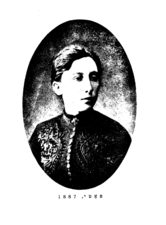
Pati Kremer
Pati Kremer was one of the pioneers of the Jewish workers’ movement in Eastern Europe. Already an active member in the 1890s of the so-called Vilna Group, the precursor to the Bund, she remained closely associated with the Jewish workers’ party until her death in the Vilna Ghetto.


